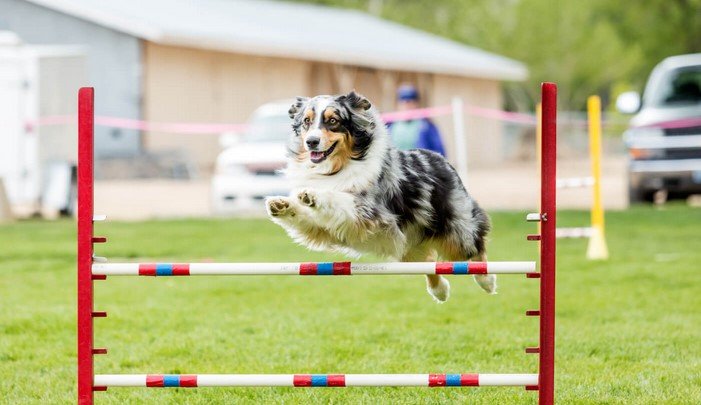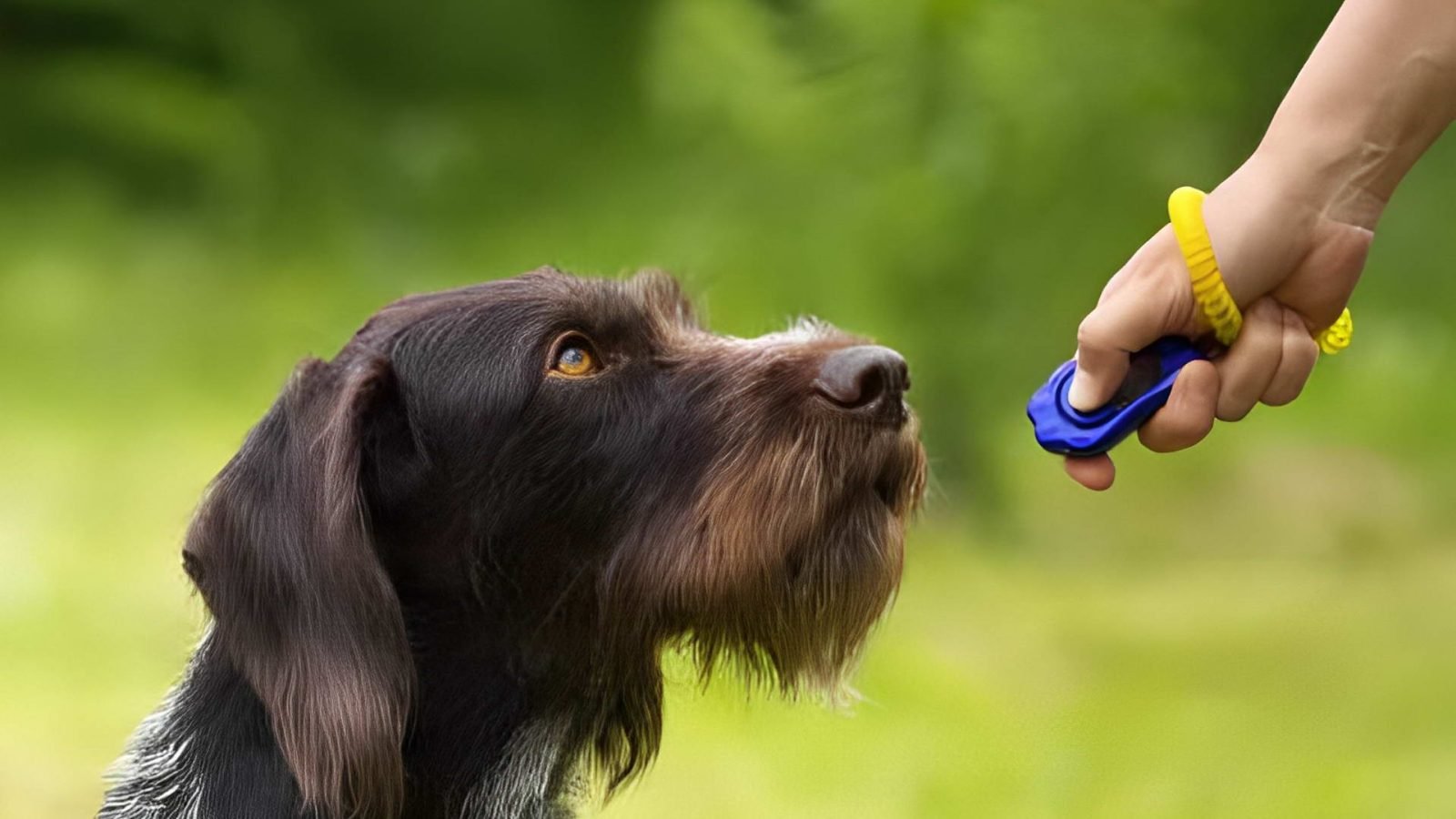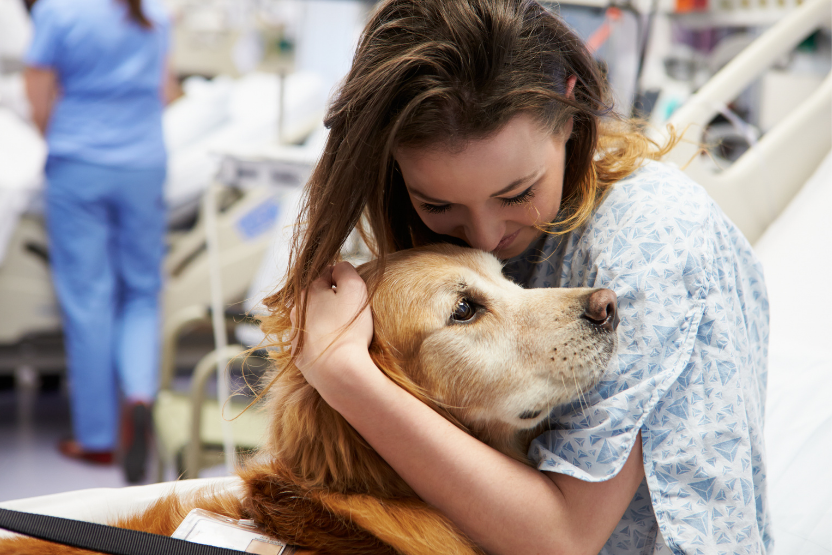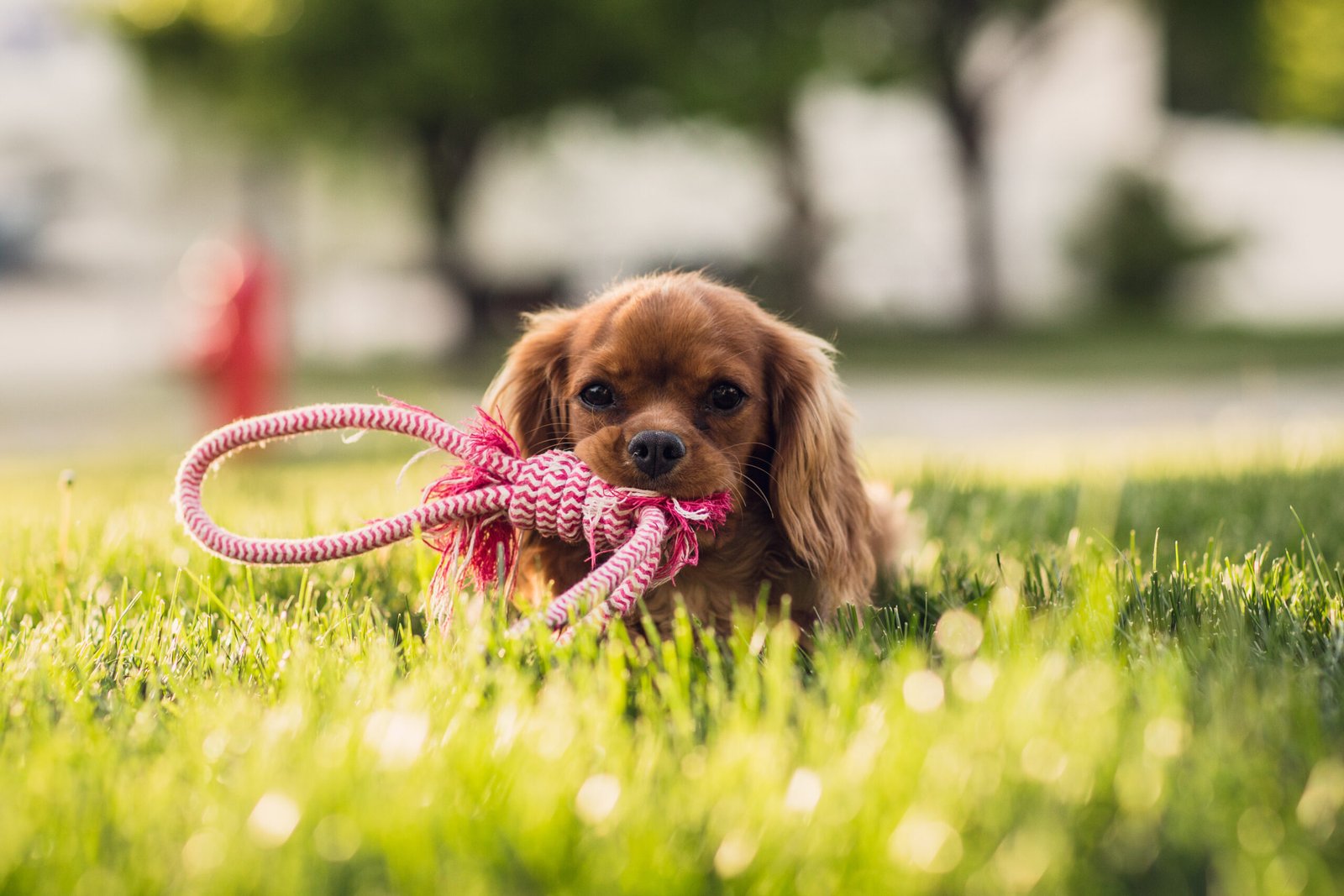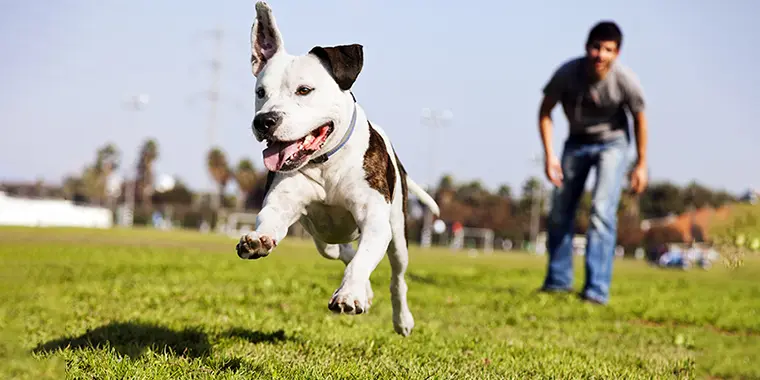Agility competitions are a fun and exciting way to bond with your dog while challenging their physical and mental abilities. Whether you’re interested in entering your dog in local events or just want to have fun training at home, agility training is a rewarding experience for both of you. In this post, we’ll guide you through the essential steps for training your dog for agility competitions, from getting started to refining skills for the big day.
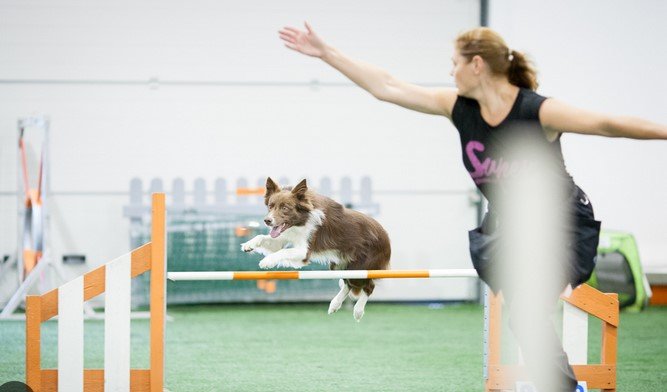
Start with the Basics: Build a Strong Foundation
Before diving into specific agility obstacles, it’s important to establish a solid foundation of basic obedience skills. A well-trained dog is more likely to succeed in agility because they understand commands and follow instructions more easily.
- Master Basic Commands: Start with the basics like sit, stay, come, and heel. These commands will help you communicate effectively with your dog during training and competitions.
- Focus on Positive Reinforcement: Use treats, praise, and toys to reward your dog for following commands. Positive reinforcement helps them associate training with enjoyable experiences, making them more eager to learn.
- Build Focus and Attention: It’s crucial that your dog can focus on you, even with distractions around them. Practice eye contact and attention exercises to ensure your dog listens to your cues during training sessions.
Once your dog has mastered these fundamental skills, you can begin introducing agility-specific training.
Introducing Agility Obstacles
Agility courses consist of various obstacles like tunnels, jumps, weave poles, and seesaws. The key to successful agility training is introducing these obstacles gradually and ensuring your dog feels comfortable and confident navigating them. Here’s how to start:
- Start with Low-Level Obstacles: Begin with low jumps and simple obstacles, making sure they’re at a height your dog can easily clear. You want to build confidence before progressing to more difficult challenges.
- Use Positive Reinforcement: Reward your dog for interacting with each obstacle, whether it’s running through a tunnel, jumping over a bar, or weaving through poles. Encourage them with treats, toys, or verbal praise.
- Break Down Each Obstacle: If your dog is hesitant, break down each obstacle into smaller steps. For example, guide them through the tunnel with a treat before gradually increasing the distance. This will help them understand the process and feel more comfortable.
Be patient as your dog learns how to navigate each obstacle. It may take time, but with consistent practice, your dog will improve.
Build Speed and Precision
Once your dog is familiar with the agility obstacles, it’s time to start working on speed and precision. Agility competitions require your dog to navigate the course as quickly as possible, while also following your commands with accuracy.
- Increase the Difficulty: Gradually raise the height of jumps and add more complex obstacles. Make sure to practice with different courses to help your dog adjust to various challenges.
- Work on Timing: Speed isn’t just about how fast your dog can run, but how well they follow your commands. Practice timing your cues so your dog knows when to jump, turn, or weave through poles. Timing is essential in agility competitions.
- Add Course Sequences: Start linking several obstacles together into sequences. Begin with two or three obstacles and increase the number as your dog’s skills improve. This will help your dog get used to running through an entire course and following a set of instructions in succession.
Practice with consistency and be patient. Dogs thrive on repetition and positive feedback, which will help them refine their agility skills.
Enhance Communication and Teamwork
Agility competitions require teamwork between you and your dog. Your ability to give clear cues and your dog’s ability to follow them quickly are essential for success. To improve communication, focus on the following:
- Use Hand Signals and Verbal Cues: Some dogs respond better to hand signals than verbal commands, while others may be more responsive to words. Experiment with different cues to find out what works best for your dog.
- Work on Body Language: Your dog will look to your body language for direction. Make sure to use your body to guide them through the course, whether it’s by pointing, turning, or moving in specific directions.
- Practice Motivation: Agility can be a tiring and challenging activity for your dog, so keep their motivation high. Vary the rewards to keep training fun and exciting, and always praise your dog for their efforts.
By improving communication and building a strong bond, you’ll increase the chances of success in agility competitions.
Gradual Progression and Competition Preparation
As your dog becomes more skilled in agility, it’s important to gradually increase the complexity and intensity of your training. Here are some tips for preparing for an actual competition:
- Simulate a Competition Environment: Set up a course similar to those used in agility competitions, and time your dog as they navigate it. This will help your dog get used to the pressure of performing in a competitive setting.
- Control Nerves: Just like you, your dog may experience nerves in a competition setting. Keep their training consistent and stress-free to prevent anxiety. Start with smaller, local competitions before progressing to larger events.
- Prepare for the Ring: At competitions, your dog will need to stay focused despite distractions. Practice in an environment with noises, crowds, and other dogs to prepare your dog for the atmosphere of an agility event.
The more your dog practices under different conditions, the more prepared they’ll be when the competition day arrives.
Conclusion
Training your dog for agility competitions is a fun and rewarding journey that requires patience, consistency, and teamwork. By starting with basic obedience, gradually introducing agility obstacles, building speed and precision, and enhancing communication, you’ll prepare your dog for success in agility events. Whether you’re in it for the fun or aiming for competitive success, agility training will strengthen your bond with your dog and provide both of you with a sense of accomplishment. Start training today, and watch your dog thrive in agility!







